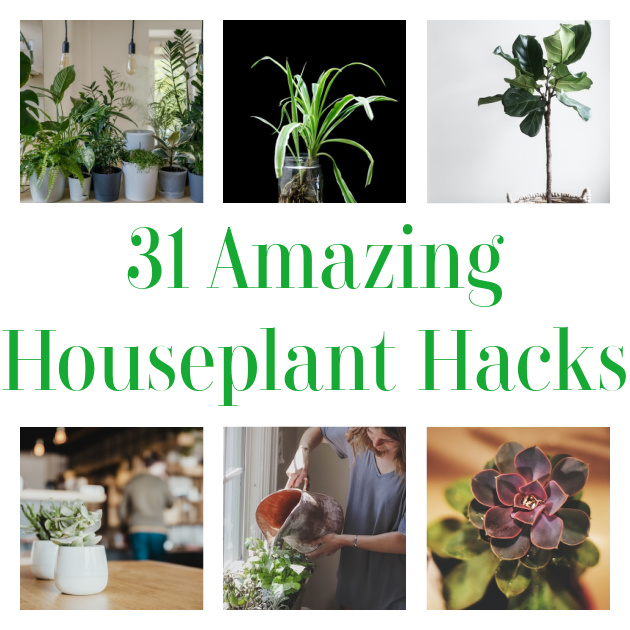Hello, plant-lovers!
Whether you are a seasoned house plant aficionado or an interested beginner, there is always more to learn about the fabulous world of plants! Unfortunately, not everything in the world of plants is exactly intuitive. Finding the proper living conditions and diagnosis a problem can be frustrating. This list of 31 amazing houseplant hacks will help you to identify common pests, allow your plants to breathe better, and create ease to your draining process!
Happy planting!
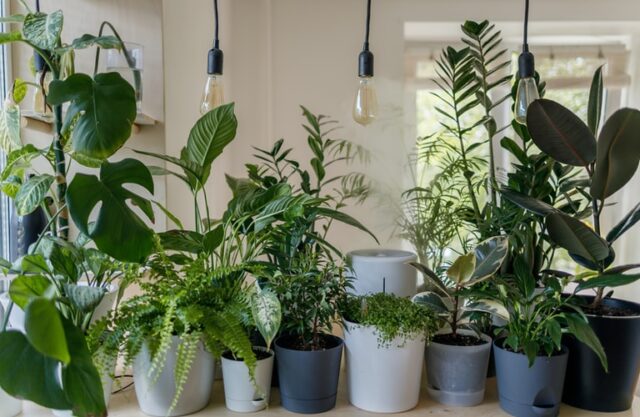
Consider the Care Before You Purchase
If you’re a houseplant novice, take time to learn about the specific care a plant requires before you bring it home. It is important to know the type of soil the plant requires as well as the space and climate conditions it needs. If you’re in the store and love struck, this is as simple as doing a quick google search before heading to the checkout. You may find that you need a different kind of soil, an additional planter, or a humidifier before you bring it home!

Check for Pests Before Bringing Them Home
Before bringing a new plant into your home, make your best effort to look it over for pests! There are many different types of bugs that can infest your home and harm you plants. To learn to identify some of the insects you should be looking for, check out this link.
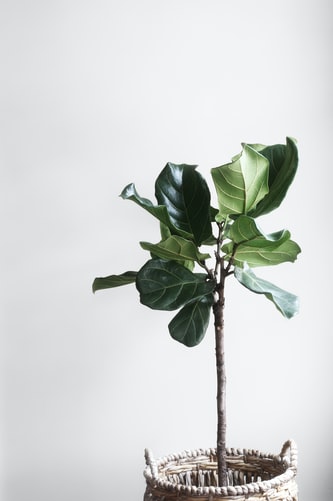
Sponge in the Bottom of the Pot
Before you use your potting soil, place a sponge at the bottom to soak up additional moisture so that the roots can reach it when they are thirsty!
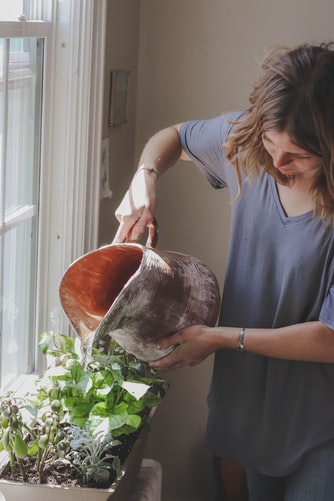
Let Water Drain Naturally
Catch pans are great and all, but if there is constantly stagnant water sitting in them, it isn’t exactly doing it’s job. Try watering your plants at the sink or bathtub and letting them drain naturally for a few minutes before placing it back in the catch pan!
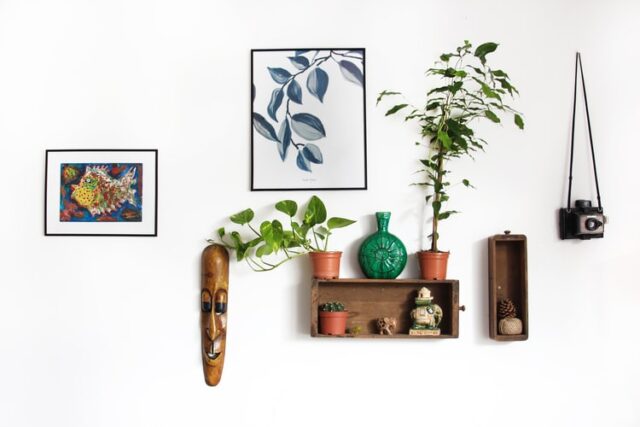
Turn Your Plants Daily
Giving your plants a quarter or half turn each day will help them grow more evenly!
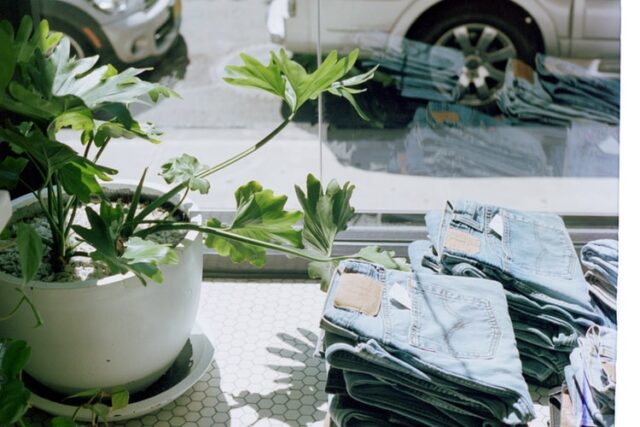
Dust the Leaves
Sure, plants leaves are beautiful… but they should also be functional! Make sure to dust your leaves to allow your plant (and you) to breathe better in your home. Wipe them off with a moist paper towel every couple of weeks then give them a spritz of water!
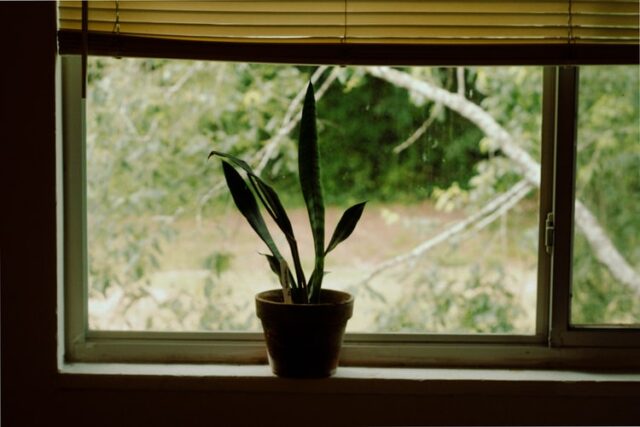
Cut off the Brown Tips in the Shape of the Leaf
Let’s face it, browning happens! This really gives the plant a cleaner look in your home and looks far more natural.

Fertilize in the Spring and Summer
The growing cycle of plants, even inside, plays an important role on how well they will take to fertilizer. A good general rule of thumb is to start fertilizing about 8 weeks before the last expected winter frost in your area.
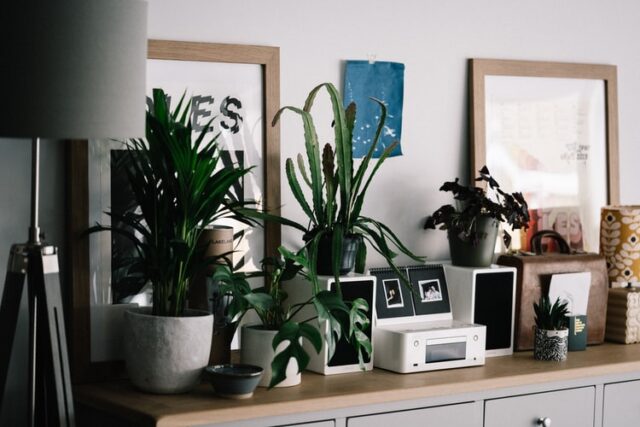
Group Plants Together for Humidity
By huddling your plants closely, they will work together to create their own extra humidity!
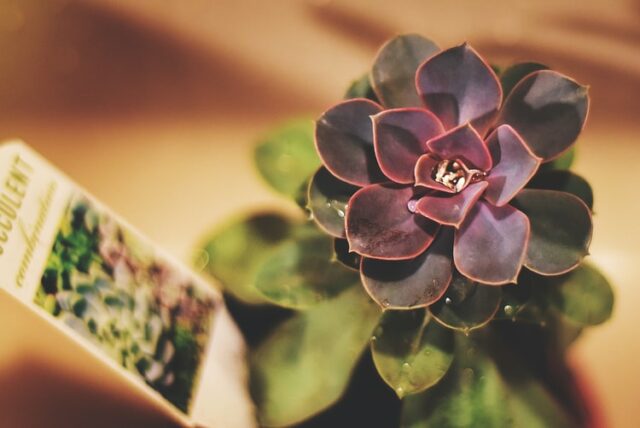
Irrigate with Leftover Water
Whenever you are boiling eggs or vegetables, you are creating nutrient rich water that your plants will LOVE! Make sure you allow it to cool then water your plants as normal! Your plants will love this rich, homemade fertilizer.
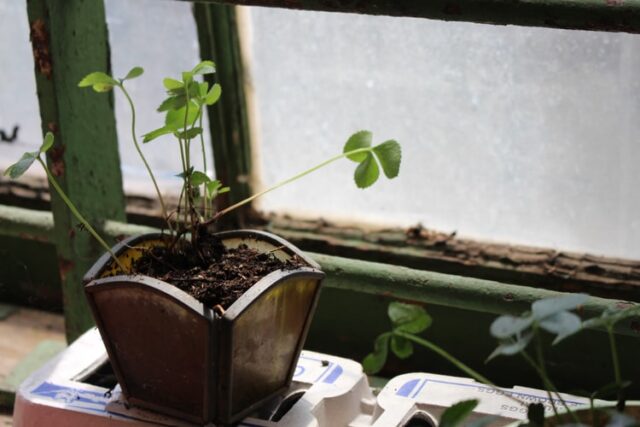
Relocate them Outside for the Summer
Consider relocating your plant outside for the summer and watching them grow in a shaded area!
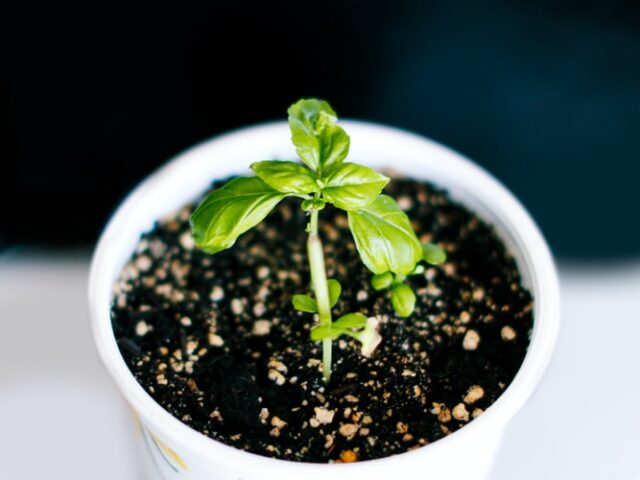
Have a Cup of Coffee with Your Plants
Did you know that there are some plants that just absolutely LOVE coffee? It’s the acid that makes certain plants thrive with it! Water down your coffee and give it to your more acidic loving plants including Aloe, Bromelaids, Hyacinths, African Violets, Roses, Begonias, and Ferns! You can find a full list here.
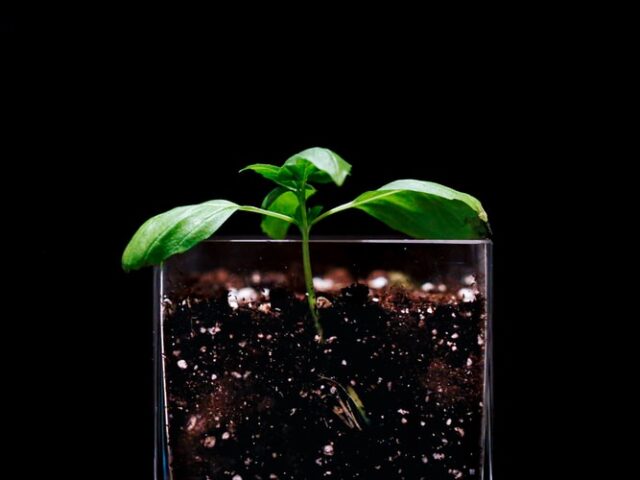
Submerge Your Air Plants
Air Plants are notorious for being easy to care for! Unfortunately, sometimes the spritz of water required to keep them alive just isn’t enough. For this reason, you might consider submerging them in water for about 20 minutes once a week to 10 days. Make sure to use chlorine-free water and you can tie it to a rock if needed to keep it under water. If you see white foam when you remove it, your plant is doing great!
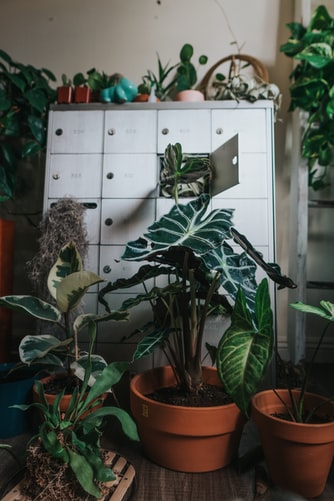
Start With a Healthy Mother Plant
Before propagating from a plant, make sure that the mother plant is healthy, vivacious and has enough growth to sustain life after plucking out a leaf or node!
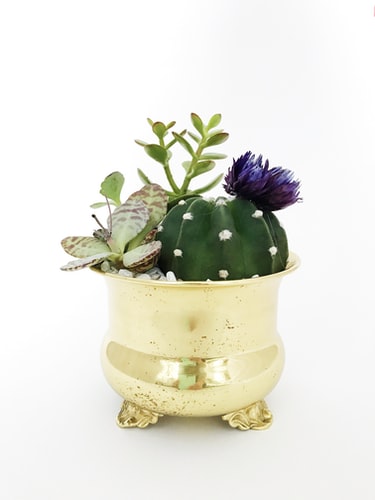
Clean out Catch Pans With Turkey Baster
If you’ve overwatered an oversized floor plant, don’t let the water sit stagnant! An easy and quick solution is to use a turkey baster to remove the water and keep your roots happy and healthy!
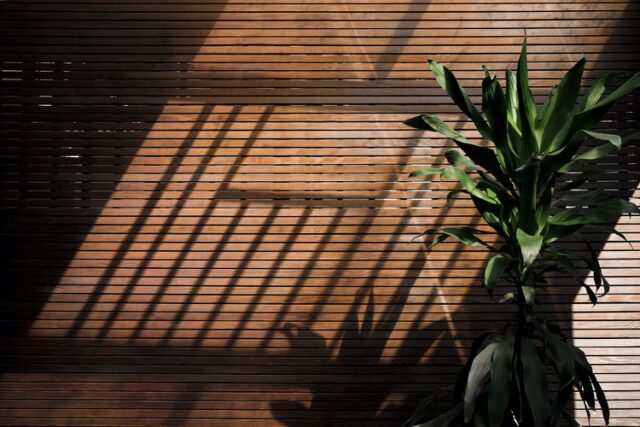
Re-Pot When You See Roots
When you see roots coming out of your drainage holes, you know that it’s time for an upgrade! Those roots are seeking more soil and more space! Planters, however, can be expensive. Why not try making your own?
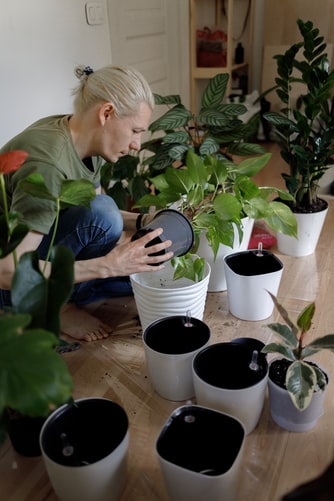
Know the Difference Between Potting Soil and Potting Mix
Potting soil is dirt that is very dense and intended to be used for outdoor gardens and bedding. However, potting mix is designed for many plants that live in containers or pots. It has a much lighter texture and has better drainage ability to make sure that the water flows easily through the roots of your plant. Keep in mind that some of your plants may not thrive well with either of these options and may require cactus soil!
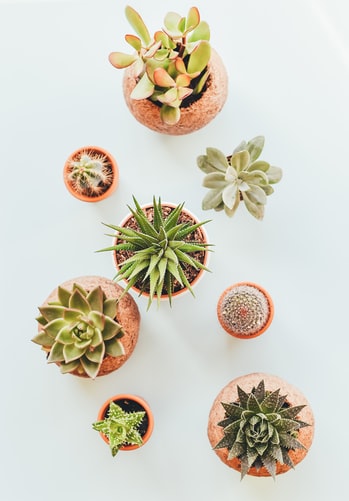
Don’t Leave Roots in Water Too Long
When propagating your plants, your roots only need to grow an inch or two before they are ready for soil. While you can leave them for longer, you do run the risk of the roots rotting or the plant going into shock when put in soil.
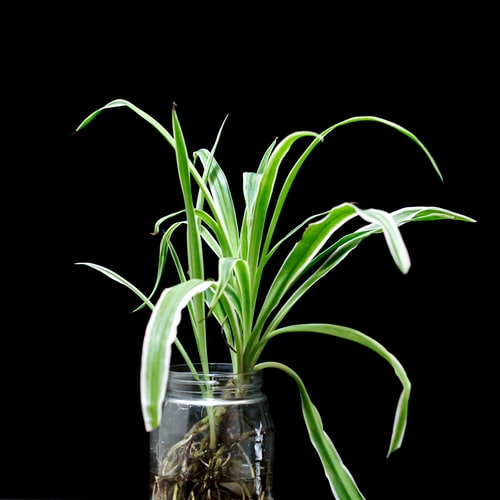
Know When to Water
As long as your planter is not incredibly small, a good rule of thumb is to water your plant when the first inch or two of soil is dry. Make sure that you water it through and that drainage is taken into consideration!
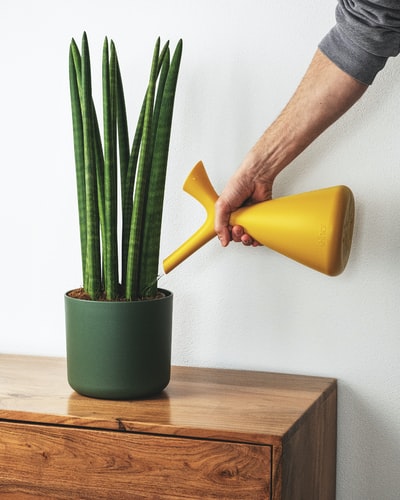
Soak! Don’t Sip Your Succulents
It’s a common misunderstanding that just because succulents don’t need much water that they don’t need to be soaked through. Unfortunately, by only giving the top soil of your plant water, you will be encouraging a very shallow root system. Allow your succulents to dry out completely between watering and then soak it through. The key to doing this is drainage! Simply ensure that stagnant water is not sitting around.
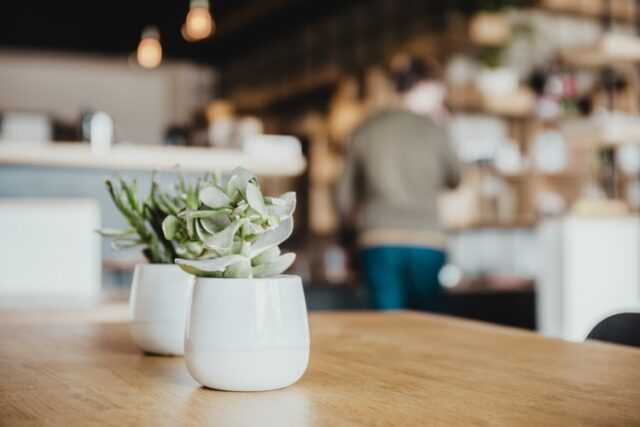
Buy a Humidifier
If your house is dry, especially in the winter, consider putting a humidifier in your plant room!
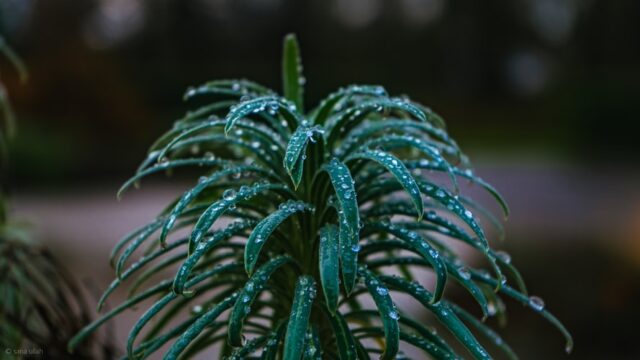
Don’t Trust the Low Light Label
Just because your plant can tolerate low light doesn’t mean that it will thrive in it. If your low-light plant isn’t showing signs of growth, you might need to find it a sunnier spot!
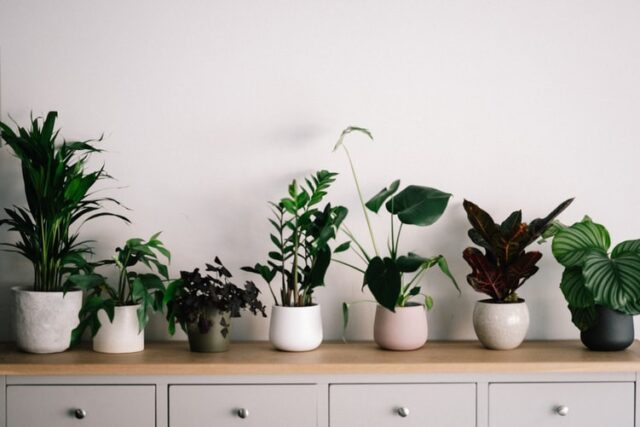
Be Flexible with Your Watering Schedule
There are too many variations in climate and condition that that a sweeping generalization of a watering schedule that will work for you and your plants! If you need to be reminded to water your plants, why not instead schedule a bi-weekly check in?
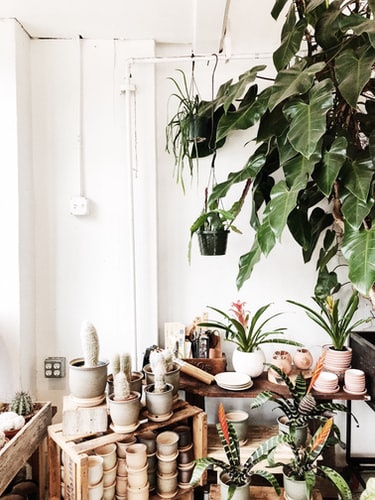
Signs of Underwatering
Traits of underwatered plants are yellow or brown tips on the plants with dry soil or a wilted plant. When you reintroduce water to the plant, you may notice that the water drains right through. Completely dry soil may take a few rounds to fully capture the moisture. Give it a couple of rounds of water until you are sure that the soil is soaked through and the water has drained properly.
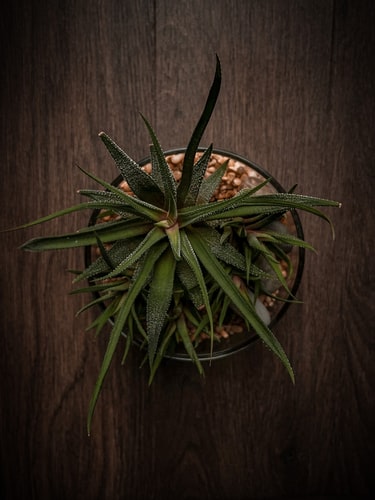
Signs of Overwatering
Conversely, signs over over watering include a plant that is wilted despite the soil being moist. Brown leaves can also be an indication of over watering, but instead of being crunchy, they will be heavy with the weight of additional water and squish between your fingertips.
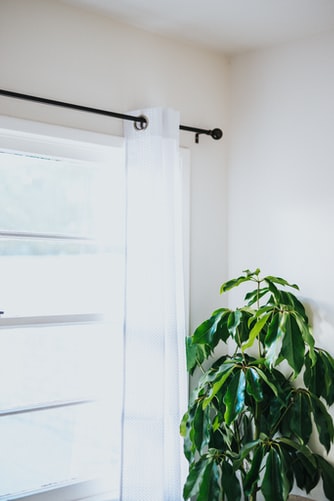
Never Fertilize an Overwatered Plant
A plant that is experiencing stress should not be fertilized at any point.
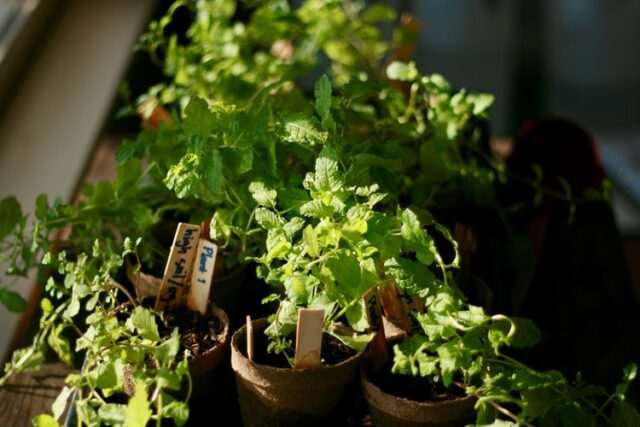
Keep Information On Hand
If you are growing a jungle, be sure to keep your specific plants in mind so that you know how to care for them! This can be done by saving the tags, creating a Pinterest board, or keeping a book! However you decide to do it, make sure to keep the basic information on hand for ease!
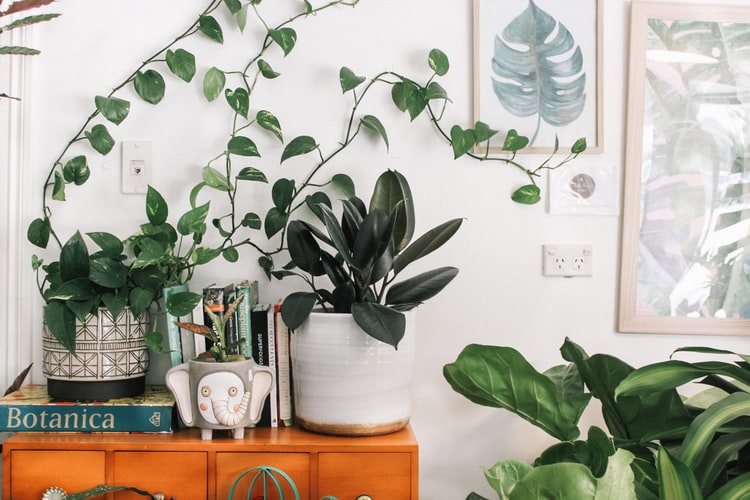
Change Your Propagation Water
If you are rooting new growth through propagation, make sure that you are changing the water to add new nutrients to the plant every 7-10 days.
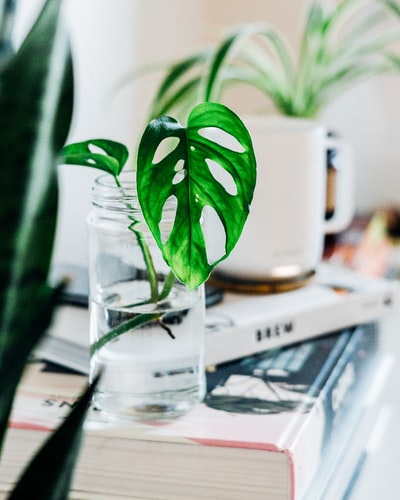
Know How to Handle Pests
As much as we love our houseplants, unfortunately, they do come with pests. If you find evidence of mealy bugs, spider mites, or any other pests, it’s important to know how to take care of them quickly. Here are some great, natural insecticides.
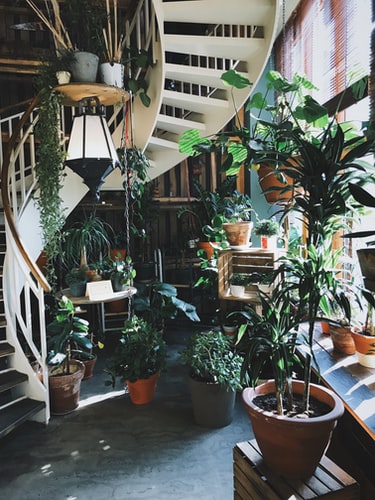
Mist Leaves
Mist your leaves every couple of weeks to give your plants a splash of freshness!
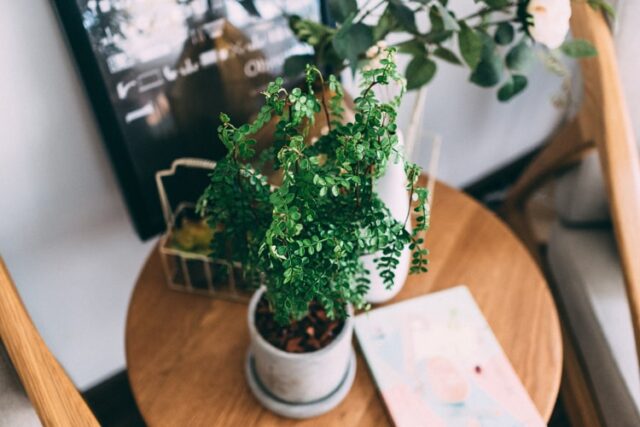
Don’t Fuss Too Much
Houseplants are beautiful and fun to take care of. But sometimes the best thing you can do is to leave them alone. make sure to check in on them for dry soil, wilting, or change in leaves. If they don’t seem to need anything, trust them.
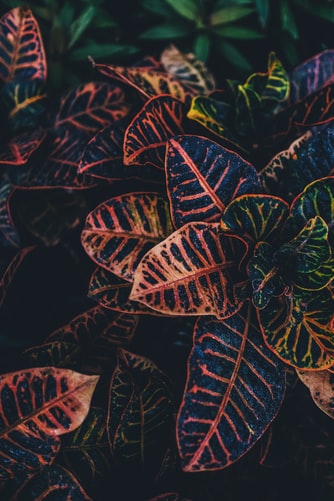
You May Also Be Interested In…
29 Beautiful and Efficient DIY Propagation Stations
31 Lovely and Natural Dried Flower Craft Ideas
40 DIY Decorated Flower Pots and Planters
DIY Guide to Improve Clay Soil in Your Garden
